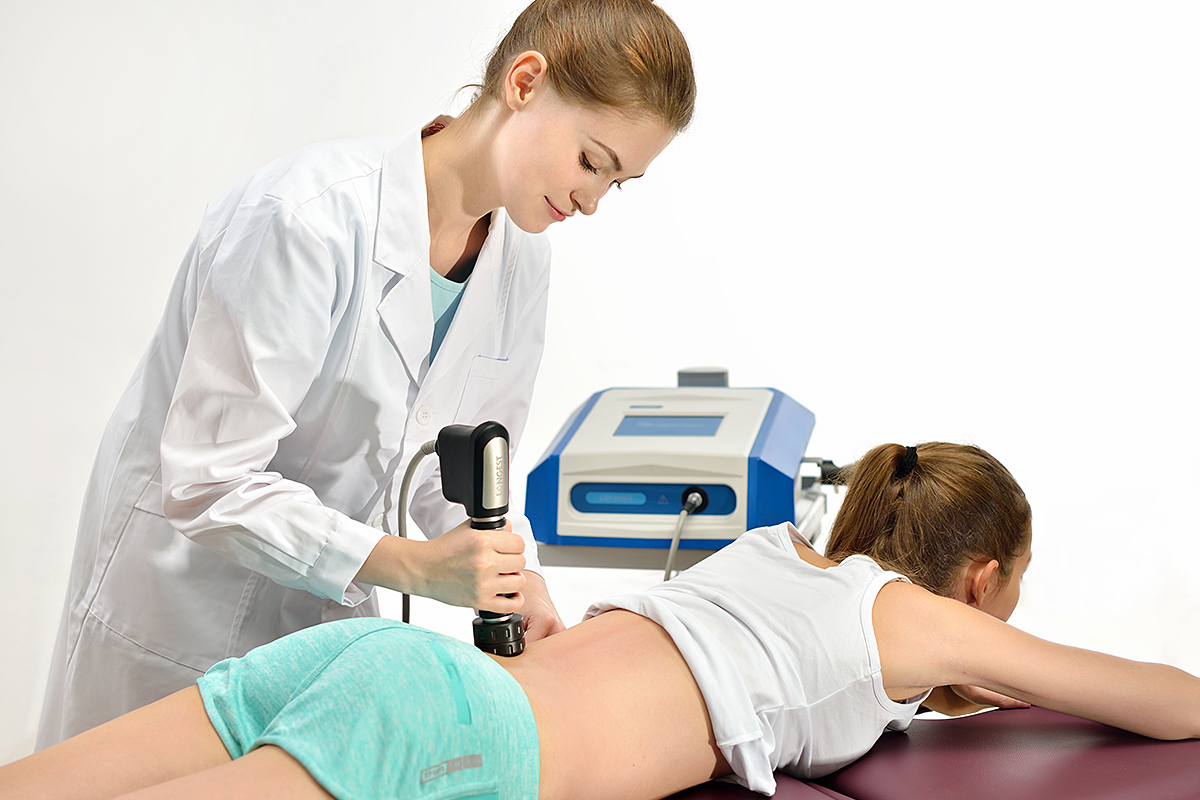How to Relieve Back Pain from a Sedentary Office

Back pain is a common complaint among individuals who spend long hours sitting in an office environment. Prolonged sitting can contribute to muscle stiffness, poor posture, and increased pressure on the spine, leading to discomfort and pain in the back. It’s important to be mindful of our sitting habits and take steps to prevent and alleviate back pain in such situations. Here are a few tips to help alleviate and prevent back pain in such situations.
- Maintain proper posture: Pay attention to your posture while sitting. Sit upright with your shoulders relaxed and your back supported by the chair. Use a chair with ergonomic features that provide lumbar support or consider using a back pillow to support your lower back.
- Take regular breaks and stretch: Stand up and move around at regular intervals, ideally every 30 minutes. Perform simple stretches to alleviate muscle tension and improve blood circulation. Focus on stretching your neck, shoulders, and back muscles.
- Adjust your workstation: Make sure your desk, chair, and computer are properly set up to support a healthy sitting position. Position your monitor at eye level, adjust the chair height so your feet rest flat on the floor, or use a footrest if necessary, and place your keyboard and mouse within easy reach.
- Consider a standing desk: Alternating between sitting and standing throughout the day can help reduce the pressure on your spine.
- Practice core-strengthening exercises: Strengthening your core muscles can provide support to your back. Exercises like planks, bridges, and Pilates can be helpful.
- Maintain a healthy weight: Extra weight puts additional stress on your back. By staying within a healthy weight range, you can reduce the strain on your back muscles and spine.
- Use proper lifting techniques: When lifting heavy objects, use your legs and not your back to avoid straining the muscles.
- Consider a lumbar roll or cushion: Using a lumbar roll or cushion that supports the natural curvature of your spine can help maintain proper posture while sitting.
- Stay active outside of work: Engage in regular physical activity to strengthen your back muscles and improve flexibility. This can help counteract the effects of prolonged sitting.
Shockwave therapy can do wonders for back pain
Shockwave therapy has been used for various musculoskeletal conditions, including back pain, and some individuals may find it helpful in managing their symptoms. Shockwaves are high-energy sound waves that can stimulate tissue healing and reduce pain.

PowerShocker LGT-2500S allows clinicians, chiropractors, and physiotherapists to precisely target deep tissue with ease. Say goodbye to musculoskeletal pain, as this remarkable ESWT machine harnesses the power of shockwaves to alleviate discomfort and promote healing. It works by aiming the shockwave handle at stiff muscles or soft tissues in the back, and the impact of the bullet releases energy, which relaxes the muscles and relieves back pain.
MStim Reha LGT-231:Self-administered electrical stimulators for back pain relief
-scaled.jpg)
Don’t let pain interrupt your routine. Whether it’s back pain from a sedentary day at the office or muscle soreness from an intense workout, simply reach for the MStim Reha LGT-231 and experience instant relief. Its advanced electrotherapy technology stimulates your muscles, increases blood circulation, and eases discomfort.
If you continue to experience significant and persistent back pain, it’s advisable to consult a healthcare professional, such as a doctor or physical therapist. They can provide personalized advice and recommend appropriate treatment options based on your specific situation.

